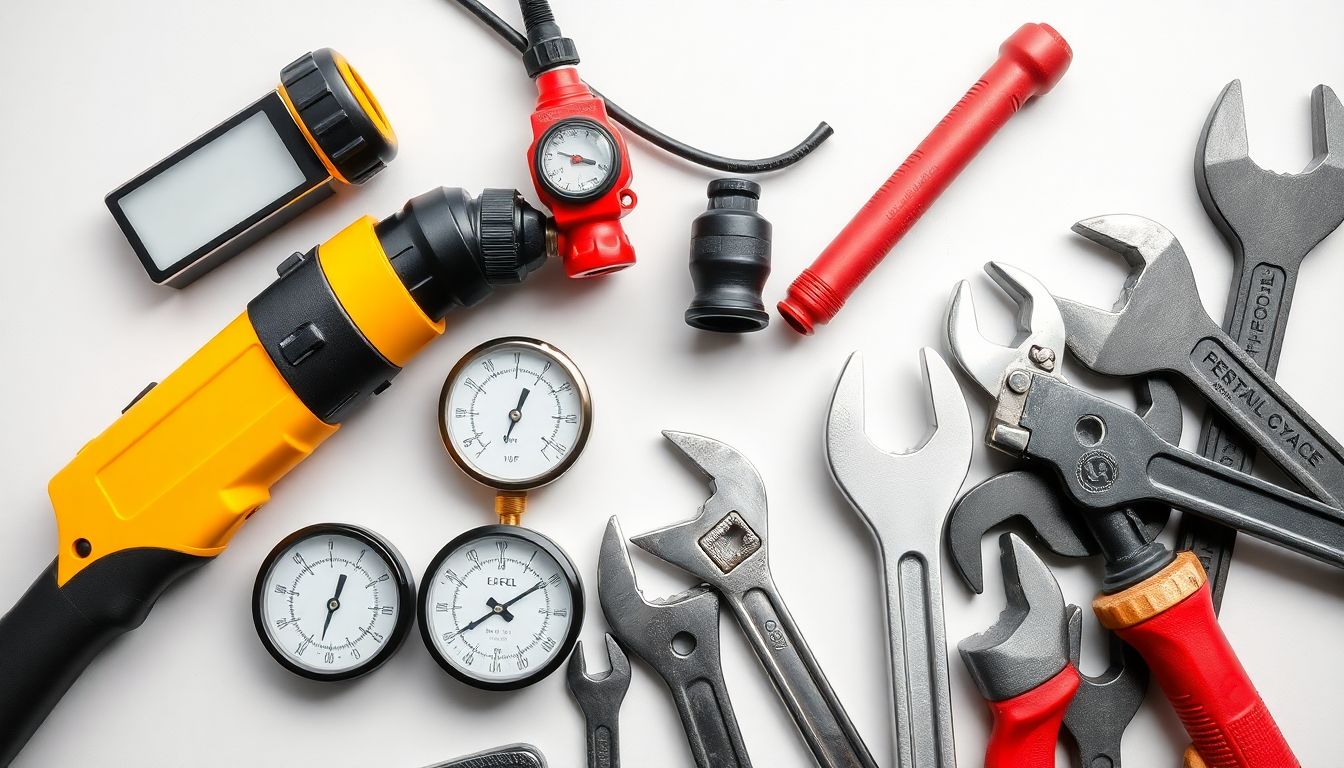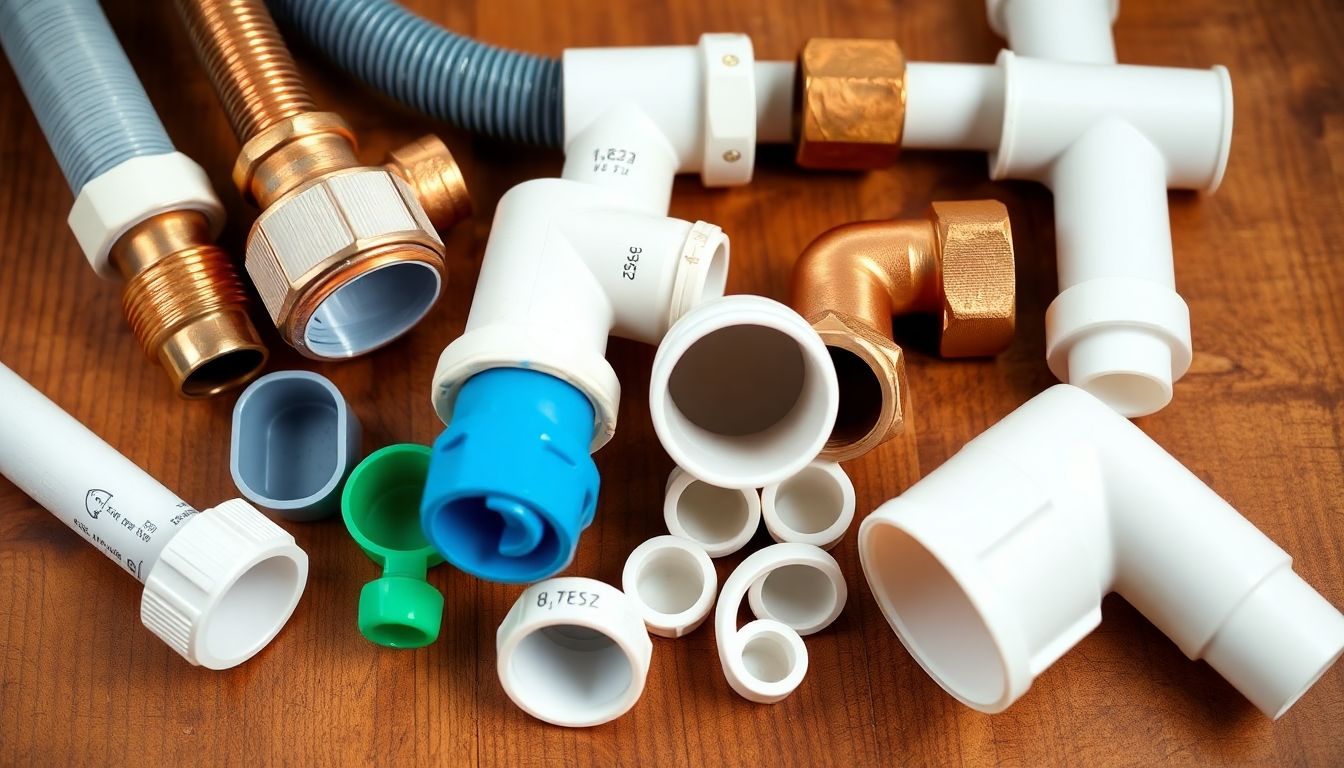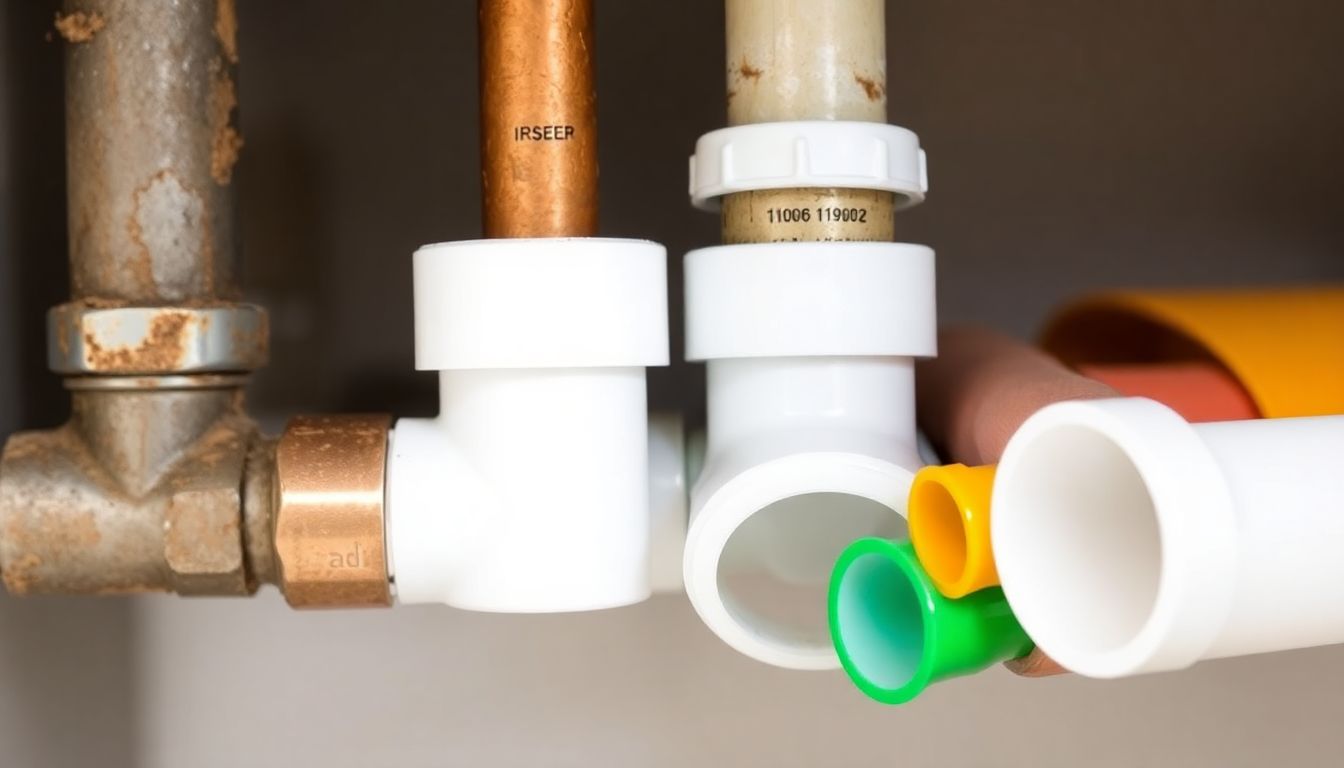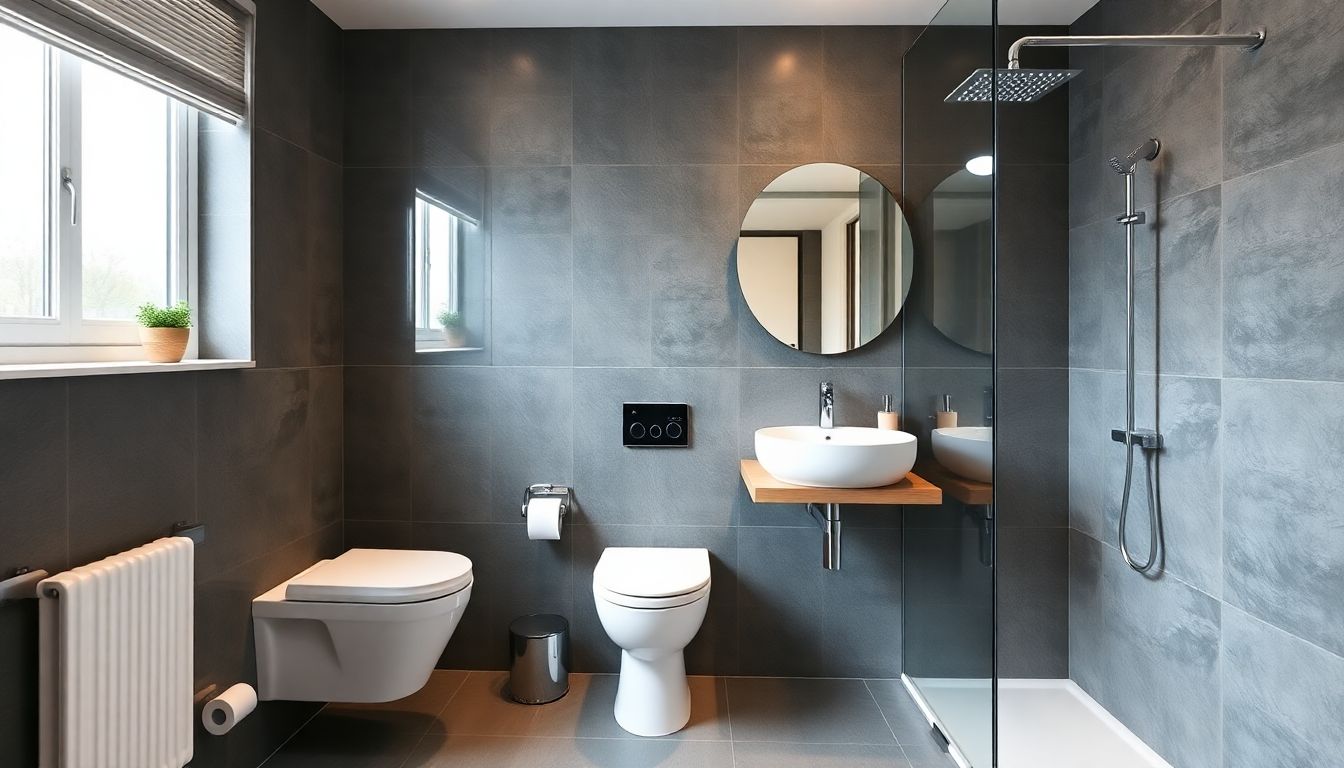The Hidden Costs of Skipping a Plumbing Inspection
Buying a house is exciting. You picture yourself hosting dinner parties, decorating rooms, and building memories. But beneath all that excitement lies a network of pipes, drains, and fixtures that could turn your dream home into a financial nightmare.
Most homebuyers focus on the obvious things. They check the roof, test the air conditioning, and inspect the foundation. But the plumbing system? That gets overlooked until water starts backing up into the kitchen sink or the basement floods after the first heavy rain.
We’ve seen buyers discover major plumbing issues just weeks after closing. Sewer line replacements that cost $15,000. Water heater failures that flood finished basements. Galvanized pipes so corroded they need complete replacement throughout the house.
These aren’t rare occurrences. They happen more often than you think. The good news? Most of these expensive surprises are preventable with a proper plumbing inspection before you buy.

What a Professional Plumbing Inspection Covers
A comprehensive plumbing inspection goes far beyond turning on faucets and flushing toilets. Professional plumbers know where problems hide and what warning signs to look for.
The inspection starts with water pressure testing at multiple fixtures throughout the house. Low pressure might indicate corroded pipes or hidden leaks. Inconsistent pressure between fixtures often signals partial blockages or undersized supply lines.
Next comes the drain and sewer system evaluation. This includes running water at maximum flow to test drainage capacity and using specialized cameras to inspect sewer lines for root intrusion, cracks, or collapsed sections.
Water heaters get special attention during inspections. Age, condition, proper venting, and safety features all factor into the evaluation. A water heater nearing the end of its life expectancy represents a significant replacement cost you should know about before closing.
Red Flags That Demand Immediate Attention
Some plumbing issues are deal-breakers. Others are negotiation points. Knowing the difference helps you make informed decisions about your purchase.
Critical Issues That Should Stop You Cold
Sewer line problems top the list of deal-breaking issues. If the main sewer line has collapsed or suffered extensive root damage, you’re looking at excavation work that can cost $10,000 to $20,000 or more.
Foundation leaks represent another serious concern. Water intrusion around the foundation can indicate broken supply lines or drainage issues that threaten the structural integrity of the house.
Outdated electrical work in wet areas like bathrooms and basements creates safety hazards. GFCI outlets should protect all bathroom and kitchen circuits. Missing or improperly installed GFCI protection requires immediate attention.
Problems You Can Work With
Older fixtures and minor leaks fall into the negotiable category. These issues need addressing but don’t necessarily kill the deal. You can often negotiate repair credits or price reductions to cover these costs.
Water pressure issues sometimes have simple solutions. New shower heads, aerators, or pressure regulators can restore proper flow without major expense.
The Real Cost of Common Plumbing Repairs
Understanding repair costs helps you evaluate whether a house remains a good investment even with plumbing issues. Some problems cost hundreds to fix. Others require thousands.
Sewer line repairs vary dramatically based on location and extent of damage. Simple drain cleaning costs $150 to $300. Partial sewer line replacement runs $3,000 to $8,000. Complete sewer line replacement can exceed $15,000 when excavation and landscaping restoration are included.
Water heater replacement typically costs $1,200 to $3,000 for standard units. Tankless systems cost more upfront but offer long-term energy savings. High-efficiency models qualify for rebates that offset some of the initial expense.
Pipe replacement costs depend on accessibility and material choices. Replacing galvanized pipes with copper in a typical home costs $8,000 to $15,000. PEX piping offers a more affordable alternative at $4,000 to $8,000 for whole-house repiping.

When Standard Home Inspections Fall Short
Most home inspections include basic plumbing checks. Inspectors test visible fixtures and look for obvious leaks. But standard inspections miss many critical issues that only specialized plumbing evaluations can detect.
General home inspectors don’t use specialized equipment like sewer cameras or pressure testing tools. They can’t see inside pipes or identify problems that aren’t immediately visible.
The time constraints of standard inspections also limit thoroughness. Home inspectors typically spend 2-4 hours evaluating an entire house. A dedicated plumbing inspection focuses exclusively on the water and sewer systems for several hours.
What Specialized Plumbing Inspections Include
Professional plumbing inspections use advanced diagnostic tools. Sewer cameras reveal the internal condition of drain lines and identify problems before they cause backups or failures.
Pressure testing equipment detects hidden leaks that waste water and cause damage over time. These tests can identify problems in walls, under slabs, or in other inaccessible locations.
Water quality testing checks for contaminants, mineral content, and pH levels that affect both health and plumbing system longevity.
Timing Your Plumbing Inspection Right
When you schedule your plumbing inspection matters. Too early and you might waste money on a house you don’t get. Too late and you lose negotiating power.
The ideal time is during your inspection period after your offer gets accepted. This gives you leverage to negotiate repairs or price adjustments based on what the inspection reveals.
Some buyers order plumbing inspections before making offers on older homes or properties with known issues. This strategy works well in competitive markets where you need to make strong offers quickly.
Weather affects inspection timing too. Heavy rains can reveal drainage problems that don’t show up during dry periods. Scheduling inspections after storms sometimes provides more complete information.
Age and Material Considerations
The age of a home’s plumbing system tells you a lot about potential problems. Different eras brought different materials and installation methods, each with distinct failure patterns.
Houses built before 1960 often have galvanized steel pipes that corrode from the inside out. These pipes look fine externally but develop severe flow restrictions as mineral deposits build up internally.
Homes from the 1960s and 1970s might have polybutylene pipes, which were popular but proved problematic. These gray plastic pipes become brittle over time and fail without warning.
Modern Materials and Their Lifespans
Copper pipes typically last 50-70 years with proper water conditions. Hard water or low pH can shorten copper pipe life significantly.
PEX piping offers excellent durability and flexibility. Most PEX installations carry 25-year warranties, but the material should last much longer under normal conditions.
PVC drain lines last 25-40 years depending on usage and installation quality. Properly installed PVC systems rarely fail catastrophically but can develop leaks at joints over time.

Water Pressure and Flow Rate Testing
Water pressure problems affect daily life more than most people realize. Weak showers, slow-filling washing machines, and poor dishwasher performance all trace back to inadequate water pressure or flow rates.
Proper water pressure ranges from 40 to 80 PSI (pounds per square inch). Pressure below 40 PSI creates noticeable performance issues. Pressure above 80 PSI can damage fixtures and appliances over time.
Flow rate testing reveals whether your pipes can deliver adequate water volume. Even with good pressure, restricted pipes limit flow rates and create frustrating performance issues.
Multiple factors affect water pressure and flow. Pipe diameter, elevation changes, and distance from the main supply line all influence performance. Older homes with smaller pipes often struggle to meet modern water demands.
Sewer Line and Drainage System Evaluation
Your home’s drainage system works silently until it doesn’t. Sewer backups create health hazards, property damage, and expensive cleanup costs. Prevention through proper inspection beats dealing with emergencies.
Tree roots cause most sewer line problems in Houston. Our clay soil and abundant rainfall create perfect conditions for root intrusion. Roots enter through tiny cracks and grow into massive blockages that completely stop drainage.
Sewer camera inspections reveal root problems before they cause backups. These cameras can also identify pipe misalignment, crushing, or deterioration that threatens system integrity.
Drainage System Warning Signs
Slow drains throughout the house often indicate main line problems rather than individual fixture issues. If multiple drains run slowly, suspect sewer line restrictions.
Gurgling sounds when water drains suggest ventilation problems or partial blockages. These sounds often precede complete blockages by weeks or months.
Sewer odors in the house indicate broken vent pipes or trap seal failures. Both problems allow dangerous gases into living spaces and require immediate attention.
Water Heater Assessment and Replacement Planning
Water heaters fail without warning. One day you have hot showers, the next day you’re taking cold ones and calling for emergency service. Knowing your water heater’s condition helps you plan for replacement before failure strikes.
Most water heaters last 8-12 years depending on water quality and maintenance. Hard water shortens lifespan significantly. Lack of regular maintenance accelerates deterioration.
Age alone doesn’t determine replacement necessity. A well-maintained 10-year-old unit might have years of life remaining. A neglected 6-year-old unit might need immediate replacement.
Efficiency matters more now than ever. New water heaters use significantly less energy than older models. The energy savings often justify replacement even when older units still function.
Signs Your Water Heater Needs Attention
Rusty or discolored hot water indicates internal tank corrosion. This corrosion typically progresses rapidly once it starts and leads to tank failure.
Unusual noises during heating cycles suggest sediment buildup or heating element problems. These issues reduce efficiency and shorten equipment life.
Inconsistent water temperature or reduced hot water capacity indicate declining performance that usually gets worse over time.
Negotiating Repairs and Price Adjustments
Finding plumbing problems doesn’t mean walking away from a house. Smart buyers use inspection results to negotiate better deals or ensure problems get fixed before closing.
Major issues like sewer line problems justify significant price reductions or repair requirements. Document everything thoroughly and get multiple repair estimates to support your negotiation position.
Minor issues often work better as seller credits rather than repair requirements. Sellers typically prefer giving money back to managing contractor relationships and potential delays.
Some buyers prefer handling repairs themselves after closing. This approach ensures quality work and lets you choose contractors you trust. Factor this preference into your negotiation strategy.

Protecting Your Investment with Professional Service
A thorough plumbing inspection before buying protects your investment and prevents costly surprises. The few hundred dollars you spend on professional evaluation can save thousands in unexpected repairs.
At Top Quality Plumbing Services, we understand what Houston homebuyers need to know about plumbing systems. Our comprehensive pre-purchase inspections use advanced diagnostic equipment to identify current problems and predict future issues.
We provide detailed written reports that document everything we find. These reports include photos, repair cost estimates, and priority rankings to help you make informed decisions about your purchase.
Our licensed plumbers have seen every type of plumbing problem Houston homes can develop. We know which issues are deal-breakers and which ones are simple fixes. This experience helps you evaluate properties accurately and negotiate effectively.
Don’t let plumbing problems turn your dream home into a nightmare. Contact us today to schedule your pre-purchase plumbing inspection. We’re available 24/7 to help protect your investment and give you confidence in your home purchase decision.
